The Top 7… villains that never stay dead
No matter how many times you kill them, they always come back for more
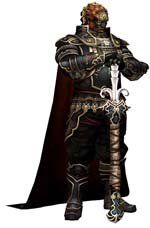
One of the most iconic and long-lived villains in videogame history, Ganon is Nintendo’s most enduring baddie… next to Bowser, that is. But unlike Bowser, you won’t catch Ganon making nice with his archenemies (the non-canon Smash Bros. excluded). Nor does he play sports, take pratfalls, fly around in a giant clown-head or do any of the other goofy shit Bowser’s renowned for. No, Ganon is deadly serious, and he has been ever since his first appearance as a giant blue pig demon in the original Legend of Zelda.
Soulless, calculating and utterly fixated on power, Ganon is the only major Zelda character who never, ever dies. Link and Zelda have to be reincarnated in times of need, but while Ganon is repeatedly shot full of arrows, stabbed in the face and mutated into any one of a number of gigantic beasts, the most harm that can befall him is to be sealed away. Once that happens, it’s just a matter of time until he’s released again, almost always to kidnap another Zelda and fight another Link.
It’s worth noting that he didn’t really even get a backstory until he’d been around for a few years; until then, he hadn’t needed one. Pig-demon who lusts after power was really all we needed to know.
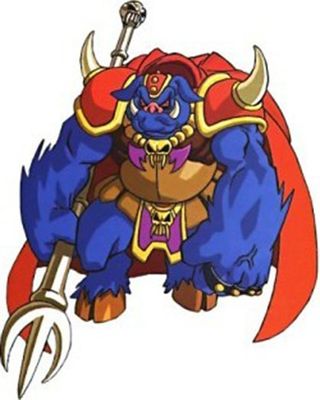
Above: Holy crap, brass knuckles? Ganon used to be hardcore
As we got to know Ganon (or Ganondorf) better, we learned that he’d once been a man. More specifically, he was the leader of a desert-dwelling tribe known as the Gerudo, and his lust for power came in part from his resentment at having to live in a barren desert while the people of neighboring Hyrule enjoyed a lush, verdant landscape. Knowing these things didn’t exactly make him sympathetic, but it went a long way toward fleshing out a villain who up until that point was just doing things to be mean.
Man or demon, the weird thing about Ganon is that he never adjusts his strategy; ever. His plans always revolve around snatching Zelda (who carries the Triforce of Wisdom, which he wants) and ignoring Link (who carries the Triforce of Courage, which he apparently doesn’t care about) until it’s too late. He never even betrays a hint of recognition or surprise when he sees the same face (or at least the same green cap) that’s put him down innumerable times; he just sneers a lot, maybe turns into a monster, and then gets smacked down again. We especially like the way this went down at the end of The Wind Waker:
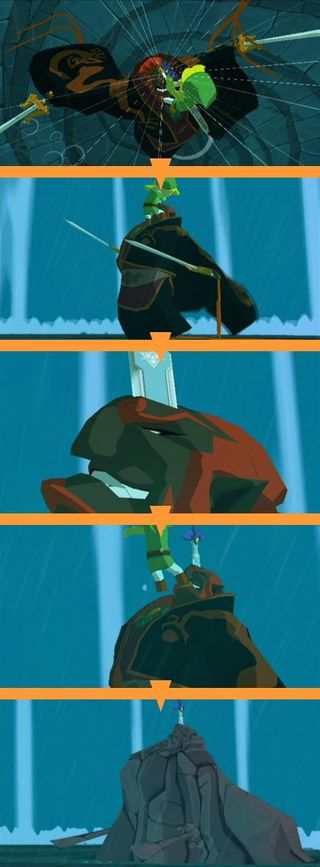
Above: Yeah, he’ll come back from that, too. Bet on it
Sign up to the GamesRadar+ Newsletter
Weekly digests, tales from the communities you love, and more

Killed in: Castlevania, Castlevania II: Simon’s Quest, Castlevania: The Adventure, Castlevania III: Dracula’s Curse, Castlevania II: Belmont’s Revenge, Dracula X: Rondo of Blood, Castlevania: Bloodlines, Castlevania: Symphony of the Night, Castlevania Legends, Castlevania 64, Castlevania: Legacy of Darkness, Castlevania: Circle of the Moon, Castlevania: Harmony of Dissonance, Castlevania: Curse of Darkness, Castlevania: Portrait of Ruin, Castlevania: Order of Shadows, Castlevania: Order of Ecclesia and almost every other non-Castlevania game to bear his name.
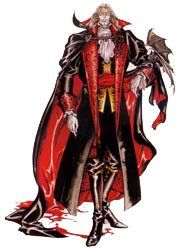
Murdered a whopping 17 times in the Castlevania series alone (not counting the many remakes of the first Castlevania, Rondo of Blood or Symphony of the Night), Dracula claims the No. 1 spot on sheer volume of deaths alone. Resurrected along with his ever-changing castle every 100 years (give or take, depending on the actions of his cultists), Dracula usually spends his few hours of consciousness raising an army of the dead and terrorizing Eastern Europe before inevitably being put down by some hero.
Usually it’s a whip-wielding member of the Belmont or Morris families that “kills” him, but Dracula’s also fallen prey to a werewolf, a couple of sorceresses, a former henchman, his own son and at least two little girls. Whoever they are, they always beat the shit out of Dracula, and like Ganon, he never learns a damn thing from the experience. Every time he comes back, it’s always, “I’ll summon a bunch of monsters, send them out into the countryside and then just sort of hang around my throne room waiting for someone from that one stupid family to barge in. Then I’ll probably grossly underestimate them until they throw a boomerang into my face.”
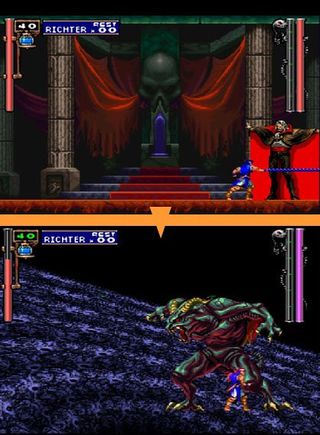
Above: “Then I’ll turn into, like, some huge monster, I guess?”
While he never thinks to change his strategy, Dracula is always careful to update his appearance. When the series began, he looked like a 12-foot-tall Bela Lugosi with a cape full of fireballs, but since then he’s put together a much more elegant look that incorporates flowing white tresses and, more often than not, carefully trimmed facial hair.
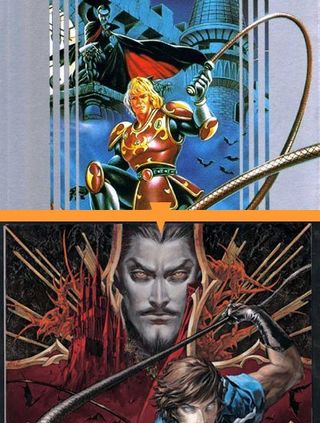
Above: Box art for Castlevania II: Simon’s Quest (top, 1988) and Castlevania: The Dracula X Chronicles (2007)
Dracula’s also one of the only villains who’s been around long enough to get bored of the whole “bad guy” thing and gone straight. After being “killed” for good and having his castle sealed away inside a solar eclipse, Dracula was reincarnated as fantastically effeminate schoolboy Soma Cruz, who – after recovering his old memories and powers – had a change of heart and decided he didn’t want to be evil anymore. Cue Aria of Sorrow and Dawn of Sorrow, two of the best games in the Castlevania series, both of which essentially star a redeemed, non-vampiric teenage version of Dracula.
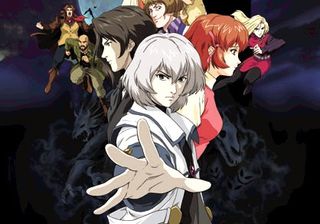
Above: GO TEAM DRACULA!
It didn’t last long, of course, as the four (chronologically earlier) Castlevania games since 2005’s Dawn of Sorrow have shoved Dracula back into his villain role, still hiding out in his high tower and still using (more or less) the same silly tactics.
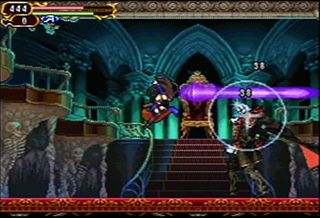
Above: Dracula, now with working legs!
And then there are all the other, non-Castlevania games Dracula has appeared and died in, but the less said about those, the better.
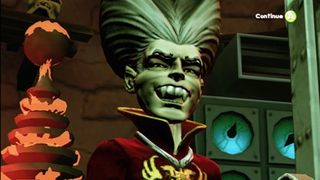
Above: OH GOD NO
Apr 13, 2009


13 terrifying bastards you'd never want on your trail

Over 30 more examples that virtual life is superior to actual life in (nearly) every way

Whiskers that'll make a man out of you

Stellar Blade director "grew up too poor to afford" a PS1, but when he finally got one in college, Ridge Racer and Final Fantasy inspired him to make games

Oh, that's why the Stellar Blade devs were terrified by demo players: one fan's spent "about 60 hours" maxing Eve's skill tree before the action RPG is even out
Most Popular



